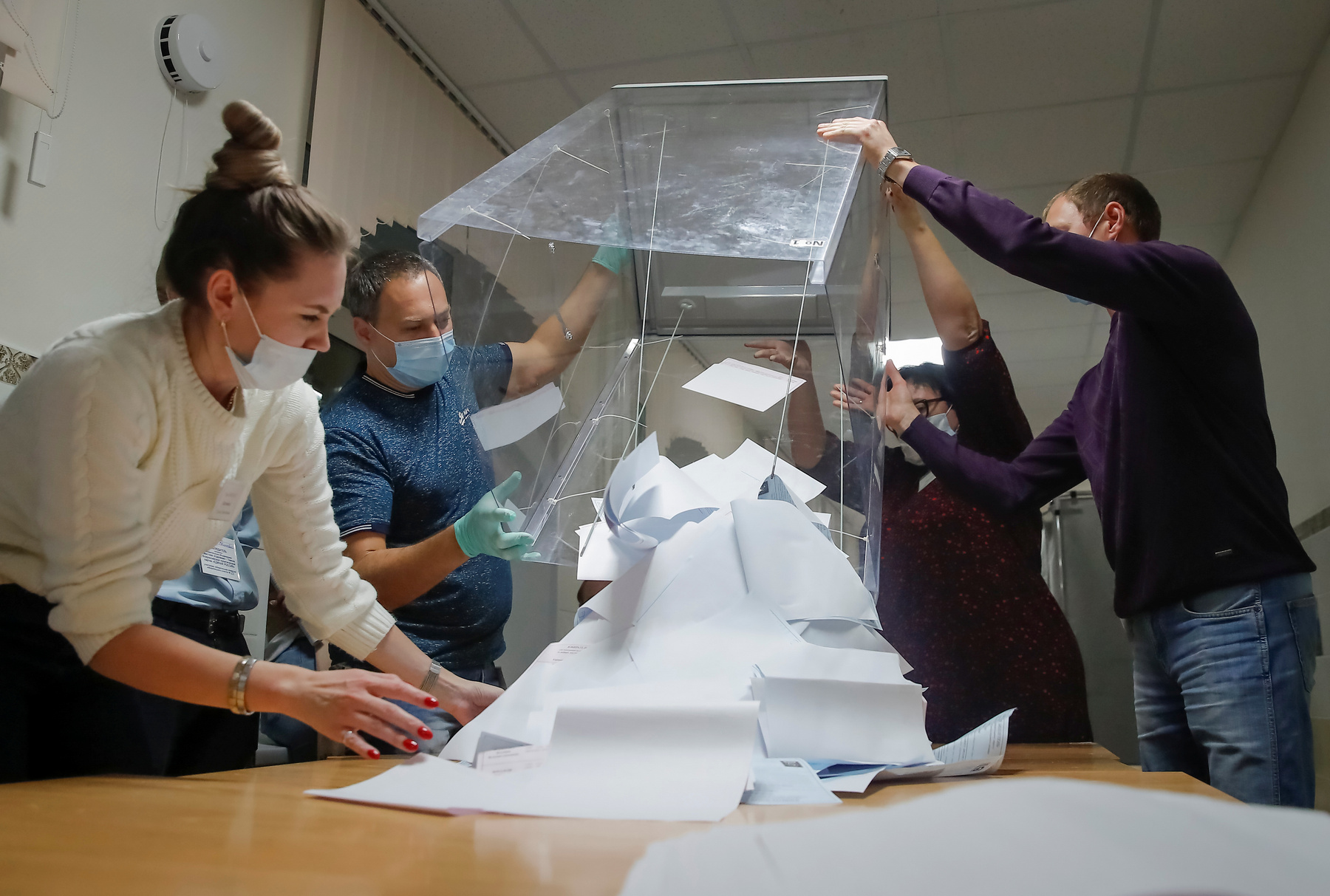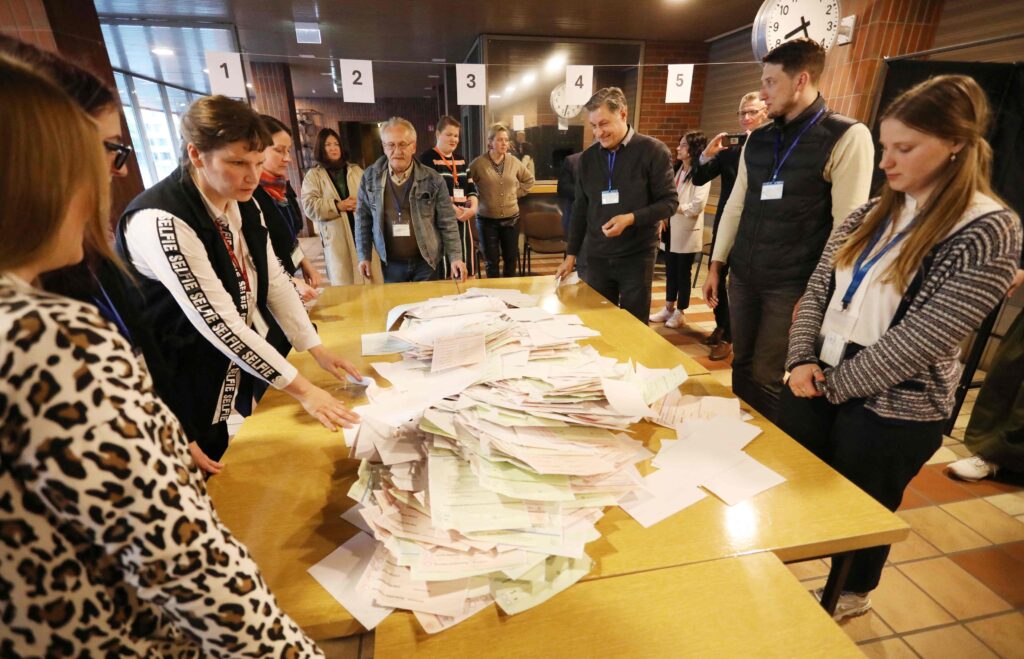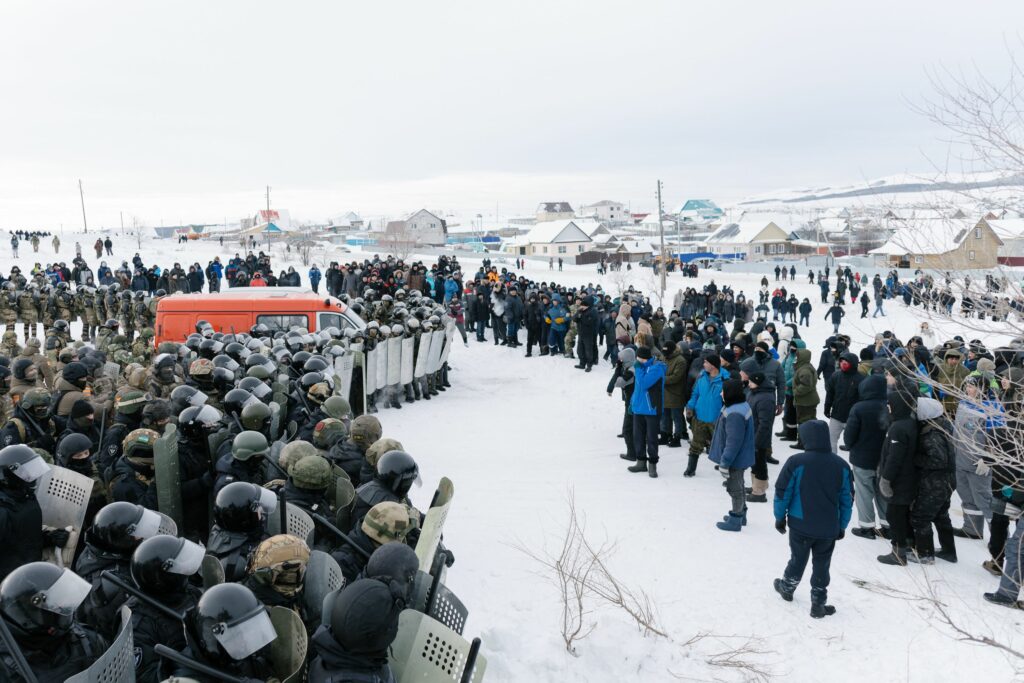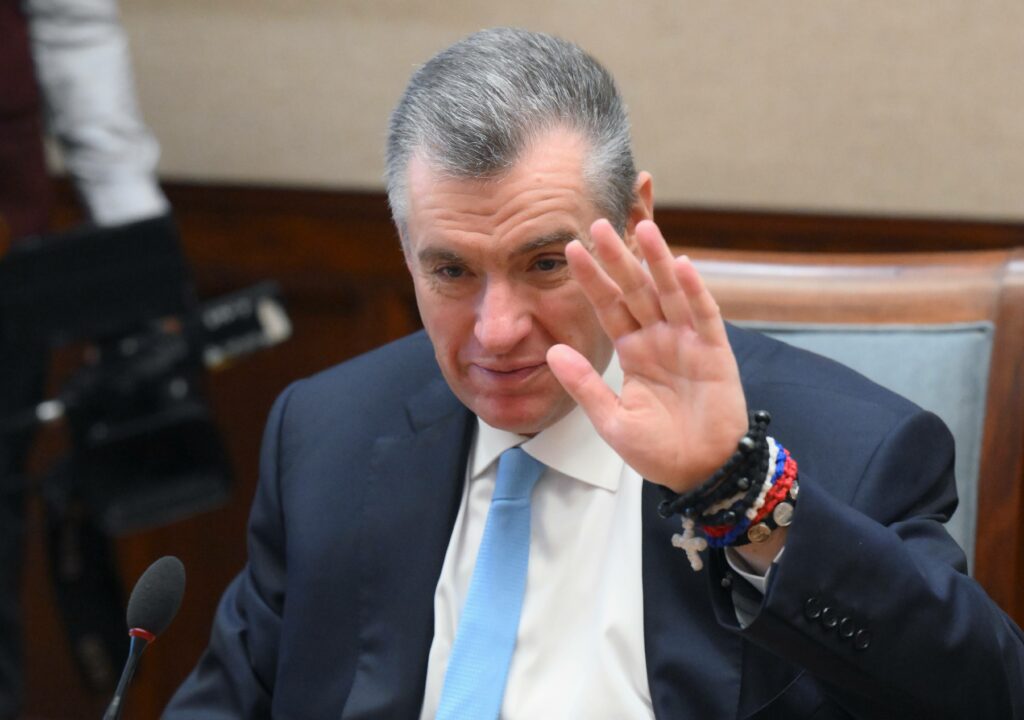Alexei Navalny’s Smart Voting project (SV) had an effect on the electoral results obtained by the candidates that he supported in Russia’s regional and local election campaigns in September 2020. This effect turned out to be most significant in elections to representative bodies in regional capitals and other major cities. Presumably, SV worked by mobilising opposition voters who had not previously gone to the polls. Support for candidates through Smart Voting dwindled as the share of early voting increased, but remained perceptible even when the early voting turnout was high.
What is Smart Voting?
Smart Voting is a project that facilitates strategic voting for opposition-minded citizens when elections are conducted under a relative majority system in either single or multi-member constituencies. Such constituencies, otherwise known as ‘majoritarian districts’ (first-past-the-post districts), are common in all Russian elections: from the Duma elections, where 225 seats are allocated through this system, to elections to regional and local parliaments. The widespread use of first-past-the-post districts in Russia has a simple explanation: candidates from the largest party, i.e. United Russia (UR), have an advantage under the relative majority system. If other parties do not nominate candidates jointly, the victory of United Russia’s nominees in the majoritarian districts is almost inevitable: after all, they only need to gain a relative majority of, say, 30 percent, 20 percent, or even as little as 15 percent. The main thing is to make sure that other candidates do not get any more votes.

The concept of Smart Voting was proposed by politician Alexei Navalny in 2018. The essence of SV is that the dominance of UR candidates in majoritarian districts can be challenged if opposition voters themselves combine their votes in support of the strongest non-UR candidates. Online resources developed by Navalny’s team served as a tool for such coordination in 2019 and 2020. Through those tools, voters received recommendations as to which of the UR opponents to vote for in their specific constituencies. In this way, SV compensated for the inability of Russian opposition parties to build coalitions.
Back in 2019, the following question arose: did the SV recommendations have an effect on election results? Our analysis of the St. Petersburg municipal elections showed that SV-based support gave candidates an extra 7.46% of the vote. However, the effect brought about by SV in other election campaigns has remained unquantified.
Smart Voting and United Russia in the 2020 elections
In 2020, Navalny’s supporters assembled a total of 1,155 candidates on the SV list: 239 were supported in regional parliamentary elections, 612 in elections to representative bodies of regional capitals, and 304 in elections to representative bodies (dumas) of cities with a population of over 200,000. The SV system covered a total of 44 election campaigns: 11 in the regions, 22 in regional capitals and 11 in major cities.
As a result of the three-day elections in 2020, where the «single day of voting on 13 September» was preceded by two days of early voting, United Russia retained a majority in 41 of the 44 re-elected parliaments. Candidates from the «party of power» won less than a half of the seats only in the city dumas of Tambov and Tomsk, and in the Council of Deputies in Novosibirsk. However, regardless of the absolute figures, support for United Russia decreased in 2020. The decline in the regions amounted to 11.42% on party lists and 7.44% in districts, with the respective figures being 13.22% and 9.36% for regional capitals, and 13.34% and 3.48% for major cities.
Assessing the effectiveness of Smart Voting
In the September 2020 elections, candidates supported by SV won 141 seats, gaining 21.87% of the vote on average. We will not venture to assess how many of these seats are owed to SV. Instead, we can calculate the incremental increase of the popular vote for candidates whose names were included in the SV list. We can also calculate the net effect of SV for all the 44 election campaigns in 2020 and separately for electoral campaigns held in regions, regional capitals and major cities.
We used regression analysis to calculate how many votes the candidates gained by having their names added to the SV list. Overall, we studied 4,505 non-UR candidates who ran in all the 44 election campaigns, including the 1,155 candidates who were supported by SV. As the dependent variable, we took the percentage of the vote received by these candidates. Factors considered included competition at the district level, as well as candidates’ gender, age, party affiliation and past experience of running in elections. Our analysis showed that SV support gave candidates an average increment of 10.39% of the vote. In the regions, the effect of SV was 8.33% of the vote, with 12.5% in regional capitals and 6.2% in major cities. Even after excluding the election campaigns which the SV organisers focused on, i.e. in Tomsk, Novosibirsk, Novosibirsk Oblast, and Tambov, where the strong performance of the «Rodina» candidates can be attributed to specific local factors (urban policies), the estimated effect of SV will shrink by only 0.9−1.98%, depending on the type of election.
The net effect of Smart Voting
If we use regression analysis to estimate the effects of SV, we will miss one important fact, namely that the candidates supported by SV were not randomly chosen by campaign organisers but their selection was based on electoral activity, awareness or popularity among voters. This is why the effect of SV measured above is not really a net figure: it also incorporates the effects of candidates’ electoral campaigns as well as their personal characteristics. In order to measure the real net effect of SV, we used the difference-in-differences estimation.
Among the 4,505 non-UR candidates elected to regional parliaments and city councils in 2020, we found 513 people who had run for the same bodies and had the same affiliation in previous elections. In 2020, a total of 213 of them were supported by SV while 300 were not. Let us call the former group the «SV Group» and use the latter group as the control group. If the SV had no influence on support for candidates, the difference in results obtained by the SV Group between the 2020 election and the previous election would be the same as in the control group. Otherwise, the net SV effect would be shown by the difference in the electoral results between the two groups.
Figure 2 shows a comparison of electoral results in the control group. Quite clearly, the average result gained by candidates increased by only 0.24% between 2020 and the previous election. Figure 3 shows a comparison of electoral results in the SV Group. The picture is different here: the electoral results obtained by the candidates supported by SV in 2020 increased by 5.19% compared to the previous election. If we subtract the difference of 0.24% in the control group from 5.19%, we will get the net estimate for SV, namely 4.95% of the vote. This estimate has been calculated for 44 campaigns in 2020. If we disaggregate the SV effect by type of election, it will be minimal for elections to regional parliaments (1.91%) but stronger for elections to representative bodies in regional capitals (5.27%) and cities with over 200,000 inhabitants (5.68%).


Why did Smart Voting work?
What was the underlying reason for the SV effect? Our presumption is that SV gives opposition voters a psychological incentive to participate in elections. SV helps voters who do not have «their own» representatives on the ballot paper to overcome a sense of isolation, apathy and powerlessness by giving them an opportunity to participate in a collective and fully legitimate political effort, i.e. voting for the strongest opponents of United Russia.
The second mechanism associated with SV that can increase the turnout of opposition voters is of instrumental nature. The pooling of votes around individual non-UR candidates creates a threat to the overarching representation of this political force and, consequently, the sustainability of the regime, which uses UR’s dominance in the overwhelming majority of local parliaments at all levels of government in order to demonstrate its strength.
As regression analysis has shown, the SV effect that we detected decreased with the growth of early voting, an instrument which can be used in Russia for voter coercion and fraud. However, in order to undermine the SV effect, early voting would need to have a truly large scale, i.e. over 40% of total turnout.
Conclusion
SV has the capability of influencing the results of Duma elections as well as the regional and local elections on 17−19 September 2021. SV is likely to bring the strongest effect in cities. In cities with over one million inhabitants, the SV effect could be even higher than 5−6%. In the 2019 municipal elections in St. Petersburg, the SV increment reached 7.44%, whereas in the elections to the Moscow Duma (45 seats) in the same year, a total of 20 deputies were elected with SV support, which was the best figure for opposition candidates since the early 2000s. At the same time, the campaign run by Navalny’s team to inform voters about SV has spread since 2019, while United Russia’s ratings have declined.
At the same time, aware of SV as a real threat, the authorities are actively opposing this campaign. For example, Roskomnadzor has been blocking Internet resources associated with SV while the Moscow Business Court has banned Google and Yandex from returning links to the SV project in search results. The authorities can also use a multi-day voting plan, which has been previously put to the test during the national voting on constitutional amendments and during the 2020 elections.
Will the authorities be able to achieve a comfortable majority in the Duma even when low ratings of United Russia persist? Yes, but the outcome is not a foregone conclusion as long as opposition-minded voters: (1) go to the polls, (2) consolidate their votes around the strongest opponents of United Russia in their constituencies, and (3) do not disperse their votes by opting for parties unable to exceed the 5% threshold. In the same way, and with an even greater likelihood of success, they will be able to challenge the dominance of United Russia in elections to regional parliaments and city dumas.










